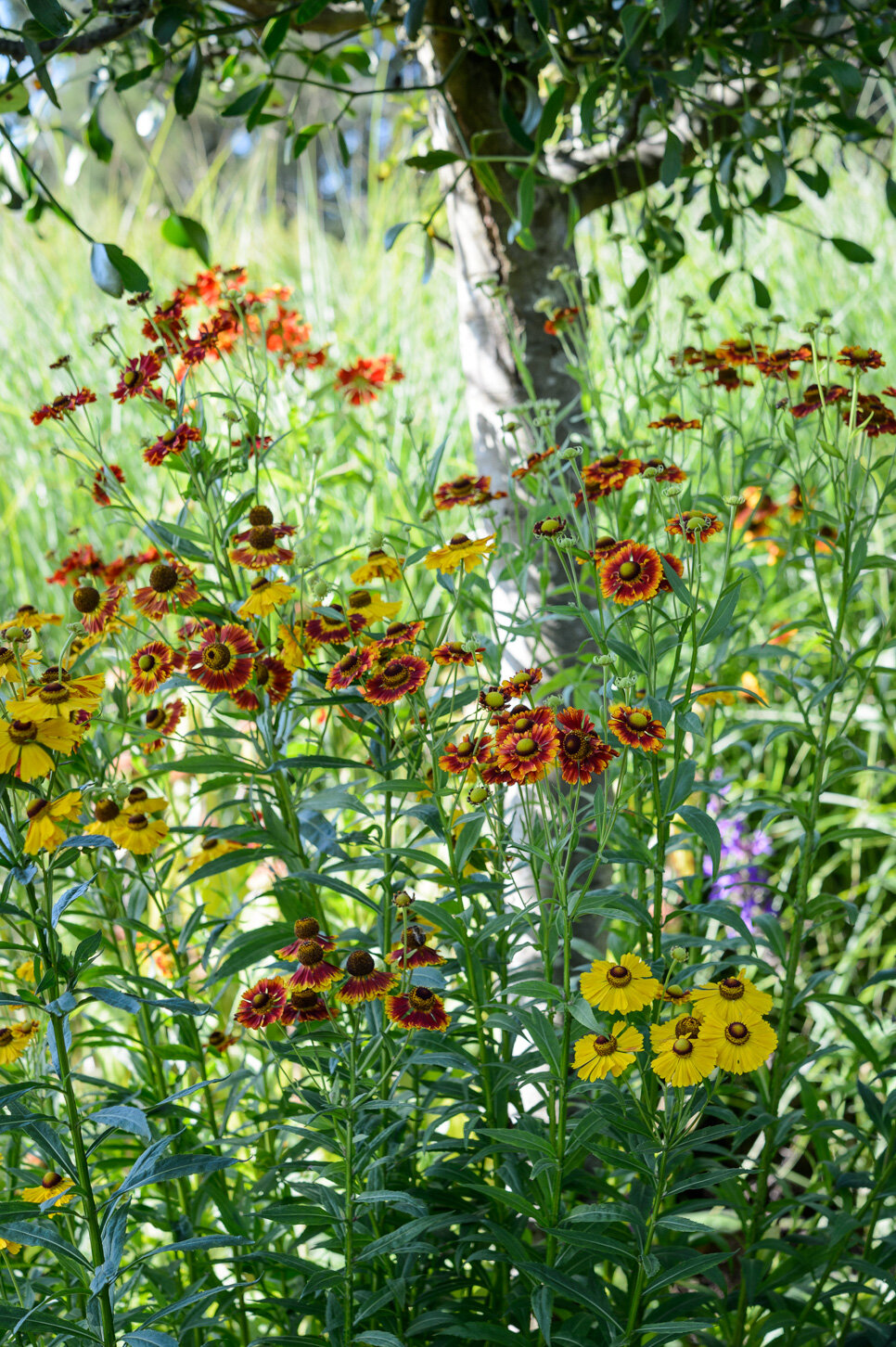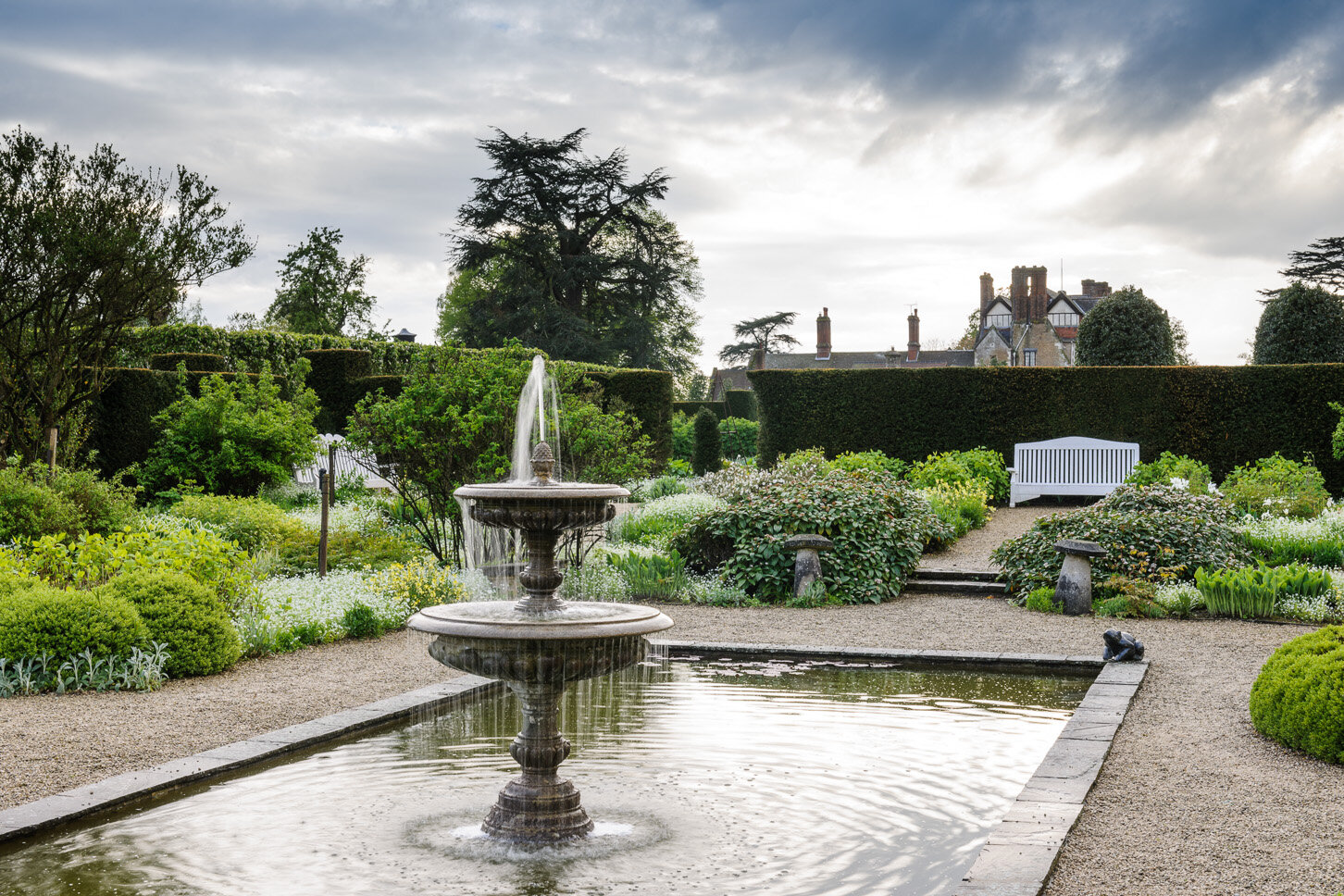Rambling Through The Rose Gardens Of Loseley Park
With its ancient wisteria and Gertrude Jekyll designed border, Loseley’s charming walled garden is once again open to visitors.
Home to the More-Molyneux family for more than 500 years, Loseley Park and its inhabitants are well versed in the art of hosting. Originally built by an ancestor, as a place to entertain Queen Elizabeth I, it later became one of the first stately homes opened to the public.
Alongside walkers, horticultural enthusiasts and wedding guests in its 17th Century Tithe Barn, the house has hosted production crews on Bafta-winning The Favourite, to say nothing of ITV’s treasured British television series Midsomer Murders and Agatha Christie’s Marple.
The jolly-sounding ‘Friends of Loseley’ society even invites its members to join the family at an annual summer reception on their lawn, and on my visit to the gardens two genteel ladies had aptly setup a modest, 2-metre distant picnic - replete with faded cushions and glassware - under the shade of a benevolent oak.
The House
Reclaimed from the Cistercian Abbey of Waverley ten miles away, the honey-coloured monastic stone used to build the house lends it a seasoned, mellow feel.
Inside, working pieces of furniture remain in the very setting their makers intended, from George IV’s coronation chair and a perfectly preserved Wrangelschrank cabinet, to Sir More’s handcarved bed and pelmet, depicting a boar hunt in full cry.
In the drawing room, carved from a single monumental block of chalk, the fireplace is to a design by Holbein and the cushions on the maid of honour chairs are reputed to have been worked by Elizabeth I herself.
‘That blend of the simple and the significant is there wherever you look.’
The Walled Garden
Situated in some 1,400 acres in the parish of Artington, Loseley’s quintessential rolling parkland offers splendid views of the Surrey Hills Area Of Outstanding Natural Beauty.
Whilst the house and Wisteria Tearoom sadly remain off limits, the two-and-a-half-acre walled garden that adjoins the house has re opened, complete with a smartly signposted one-way route.
For just £7, visitors can weave through beds of award-winning roses, admire the historic waterlilly-festooned moat and take a seat in the calm tranquility of the White Garden.
Rose Garden
During the month of June visitors to the gardens are greeted by the heady scent of over 1,000 roses - a romantic gift from the current owner, Michael More-Molyneux, to his wife, Sarah, on the occasion of her birthday.
Inside, the creamy white blooms of Albert Barbier ascend an elegant wrought-iron gazebo and the surrounding beds are planted with old-fashioned rose bushes, including bourbons, rugosas, albas, moss and damask, as well as my personal gaudy favourite, gallicas.
Herb Garden
The extensive herb garden is intuitively sectioned with specimens chosen for their varying properties from scent and remedy, to aesthetic or historical interest. With over 200 varieties of plants among the beds, suitable for everyday use, I am reminded of the ‘Healing Garden’ at Babylonstoren in South Africa.
Flower Garden
A maze of pathways and hidden corners, this section of the garden is carefully planted with a combination of shrubs and herbacious specimens, as well as drifts of annual bulbs to ensure interest throughout the season. The scheme is bold, using warm colours and striking annuals to great effect, right up until the first frosts.
White Garden
Centering upon a cool, York stone water feature, flanked by borders of white and silver plantings, the result is a tranquil and peaceful corner. Offering a serene contrast to the showy blooms of the flower garden, the use of lush, yet subtle silver and grey foliage is the ideal spot to sit and observe glistening dragon flies darting between water lillies.
Moat Walk
Best viewed initially from above, the moat is a surprise treat for those willing to scale the bank (or, as I discovered too late, simply ascend the stone steps). From the summit, visitors can espy the native wildflower meadow, sewn on what was once the Loseley Cricket Pitch, or descend a further stone flight in for hopes of spotting a Kingfisher. In my case, I made do with a terribly handsome mallard.
Gertrude Jekyll Style Border
Famed British horticulturist, garden designer, writer and artist, Gertrude Jekyll created some 400 gardens with an design influence that remains pervasive to this day. Well known for her collaborations with the English architect, Sir Edwin Lutyens, for whom she created the gardens inside which his finest houses reside.
Spending most of her life in Surrey, (latterly at Munstead Wood in Godalming), Jekyll was a regular visitor to Loseley, and whilst her original borders sadly no longer exist, a reflection of her signature structure and style still surrounds the gardens today.
Spending my early life in Surrey led me to regard the house and its grounds as a delicious secret, belonging to us locals and perhaps a handful of amblers who happened to stumble across it. Of course that was never the case, but it is those deeply-established roots and the generous ease of its line of inhabitants, that lends Loseley its unique charm.
The Walled Garden at Loseley Park is now open from Saturday to Thursday 10am-4pm. For more information visit their website.
All photographs are by kind permission of Loseley Park and Country Living magazine.










